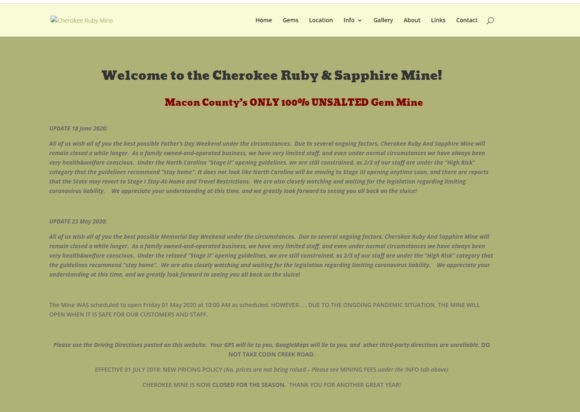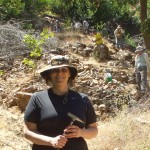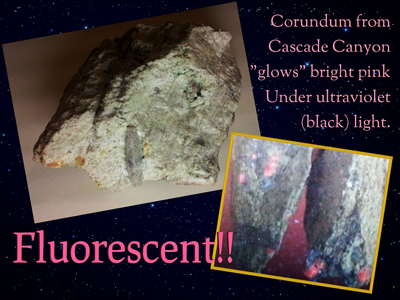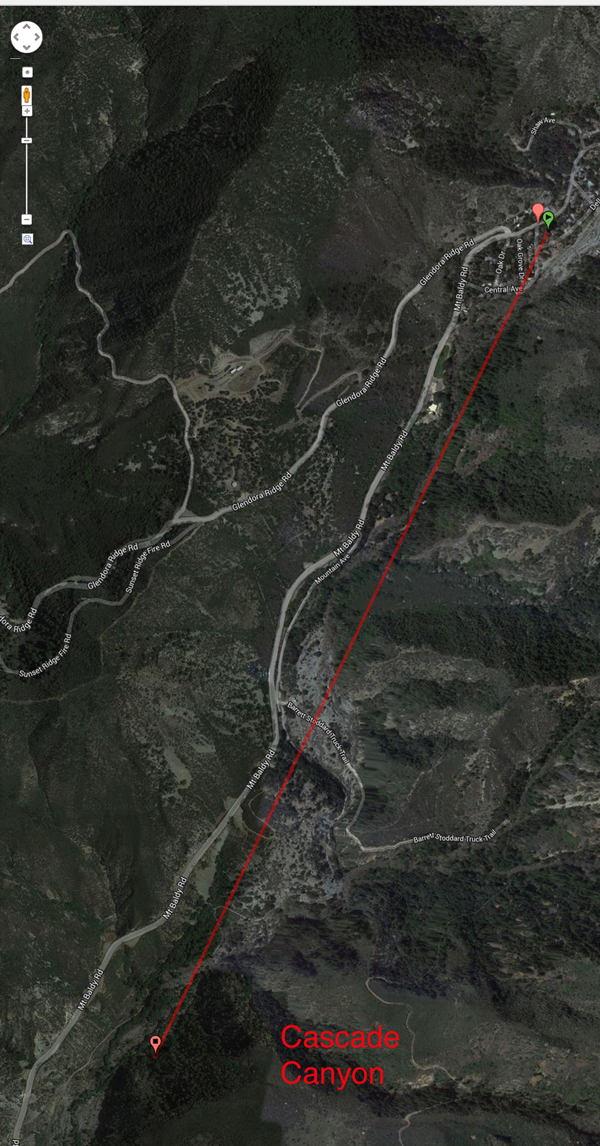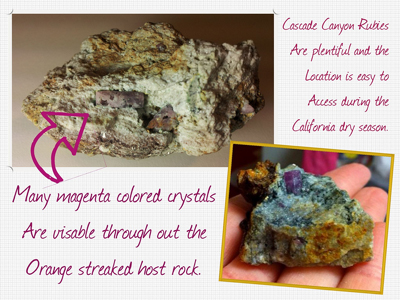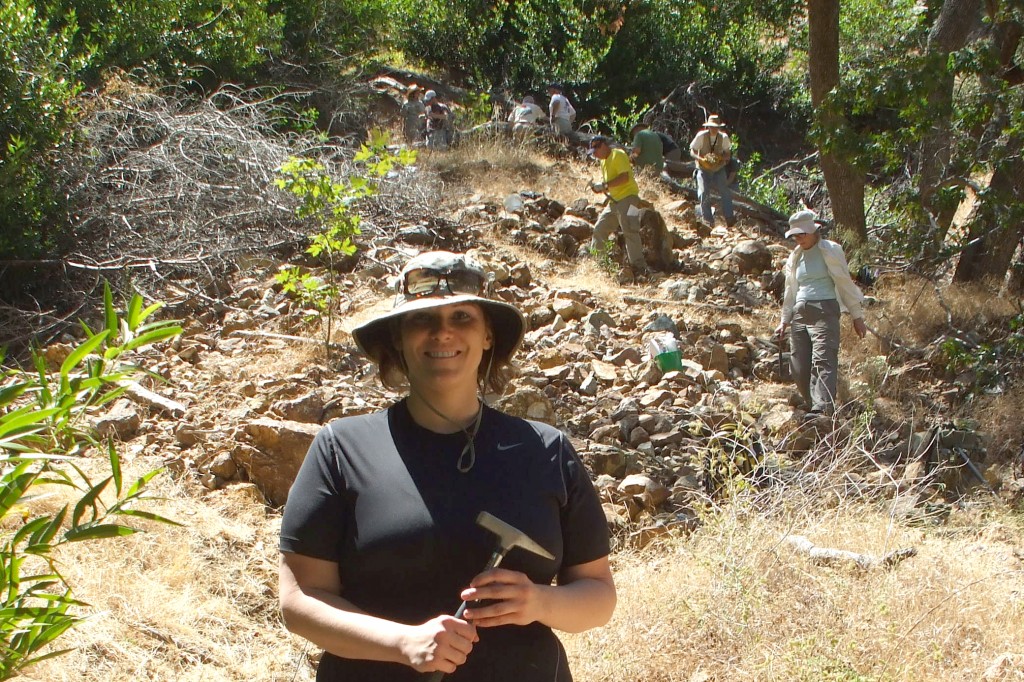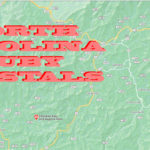
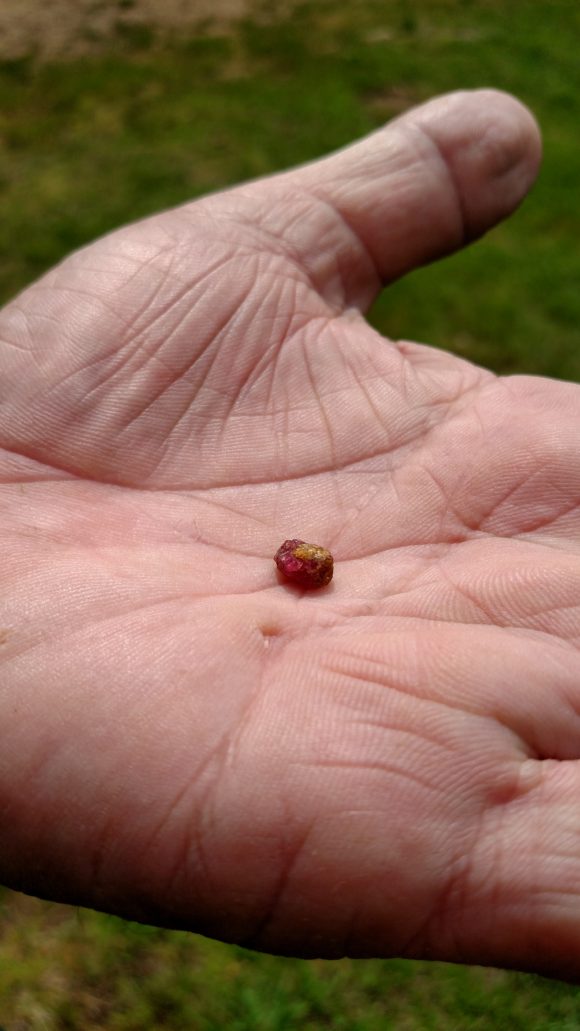
A beautiful red ruby straight from the Cherokee Mine.
Digging your own precious native gemstone may sound too good to be true to a lot of folks. Many of the sluice mines in the Southeast “salt” their material, meaning they enrich it with stones from all over the world and this can be disappointing when you expected to find something right from the ground beneath your feet. The Cherokee Mine in Macon County, North Carolina offers awesome ruby and sapphire sluicing from 100% local, unsalted material right from their mine!
Though ruby, sapphire, and corundum in general are the focus, other minerals namely red rhodolite garnet, blue-white kyanite, and metallic red brown rutile can be found with them too. This material is alluvial, meaning these crystals weathered out of metamorphic rock and tumbled around for thousands of years until they arrived at the mine, so given this, the ore is in the form of soil that contains the weathered-out gemstones. It is up to you to screen through the material and identify what is a gem, and what isn’t… but the kind staff is more than willing to help you!
While at the time this is published, Feburary 2021, the mine is closed for winter and the Covid Pandemic, however, we are all looking forward to a re-opening of this location, hopefully, in summer 2021, if life works out well.
Check out Bryan Major digging at the Cherokee Mine video below to get an idea of what the experience there is like!
The Cherokee Mine is a fee dig site, meaning you pay to dig their material, but they supply a lot of the equipment you need to go through the gravel!
From their website:
$20.00/Per Person – Includes One (1) Pre-Filled Bucket of our 100% Unsalted Gem Ore. ( * See below for explanation of this change)
Age 5 and under: Free Admission with an accompanying paid miner (no mining screen or bucket of gem ore provided – Li’l Miners get to “assist” an older accompanying miner).
Only paid miners are permitted to sit on the flume line, other than Li’l Miners as noted above. Other non-mining members of a group are welcome to enjoy our picnic area and lawnchairs.
Do not take Coon Creek Road.Group Rate (20 people or more): $5.00 discount Per Person
Includes One (1) Pre-Filled Buckets of our 100% Unsalted Gem Ore.
Active U.S. Military and U.S. Military Veterans: $5.00 Admission Discount
(Military ID Card is Required Upon Admission)
One discount per customer. Discounts cannot be combined, conjoined, transferred, conferred, or multiplied.
$5.00 per additional bucket of our 100% Unsalted Gem Ore.
CASH ONLY.Open May through October
Monday-Saturday: 9am to 4pm*
Sunday: Noon to 5pm*
*Weather Permitting
At the mine, you will be shown specimens of the gemstones so you know what to look for before they let you loose. Then they will provide you with a bucket of material to bring to the flume. The flume is a channel of running water used to clean the dirt off your gemstones, which you screen in it and carefully examine to sort the gems from the leaverites. They provide the screen.
Keep in mind that some of the gemstones might be extremely tiny or obscured by surface coatings. You might want to bring a magnifying device, tweezers, and plastic bags so you can extract tiny finds and save them in a place you won’t lose them. Mining can be tough on the hands so you might want gloves too. Bring sunscreen, water, bug spray, and food. Be prepared!
Directions:
For BEST results, FIRST please enter address of “4433 Bryson City Road” THEN enter address of “2586 Ruby Mine Road, Franklin NC 28734”. Any directions which state “Take Coon Creek Road” or “Flowers Gap Road” are INCORRECT! That will force you to turn back and start over.
4433 Bryson City Road is the intersection of Sanderstown Road and Bryson City Road (also known as Route 28). From that point you will proceed north to Cowee Creek Road, which is just after the Cowee Baptist Church, where you bear right. At the next intersection (1-1/2 miles), keep right at the “COWEE VALLEY” sign and the mine will be 2-1/2 miles on the left.
DO NOT TAKE COON CREEK ROAD or FLOWERS GAP ROAD.
DO NOT TAKE COON CREEK ROAD or FLOWERS GAP ROAD.
DO NOT TAKE COON CREEK ROAD or FLOWERS GAP ROAD.
DO NOT TAKE COON CREEK ROAD or FLOWERS GAP ROAD.ADDITIONALLY: It has been brought to our attention that the evil GPS will also try and lead you astray from the paths of righteous gem hunting, and try to tell you to turn onto RUBY KNOLL LANE, or onto GEMSTONE LANE.
IGNORE YOUR GPS IF THIS HAPPENS. Please stay on Ruby Mine Road until you reach the Cherokee Mine. Modern Technology is wonderful – especially when it works properly
See their website if you need more info.
Fluorescence of Ruby:
Ruby glows when exposed to green or blue laser light or UV light. It will fluoresce a brilliant, easy to notice orange color when exposed to the light. Keeping a laser pointer or pocket LED UV light can help you determine if you have a true ruby if you think you’ve found one. Take a look at this video where a green laser pointer is used to differentiate a natural ruby from a fake one:
The natural ruby on the right gives off a blinding orangey fluorescence. The rubies in your screen will do this too. It is due to the presence of chromium in the rubies and the ability for that element’s electrons to get excited and emit photons when they are exposed to the upper parts of the visible light spectra and the UV. These inexpensive LWUV lights are perfect for spotting the bright red glow of a ruby crystal.
It is a good idea to buy a cheap green laser pointer or a tiny UV light to bring with you to this mine.
UV lights used to be expensive, but the prices have dramatically come down. Look at this great deal on Amazon for some pocket UV LED flashlights. This would be a great thing to bring to this mine.
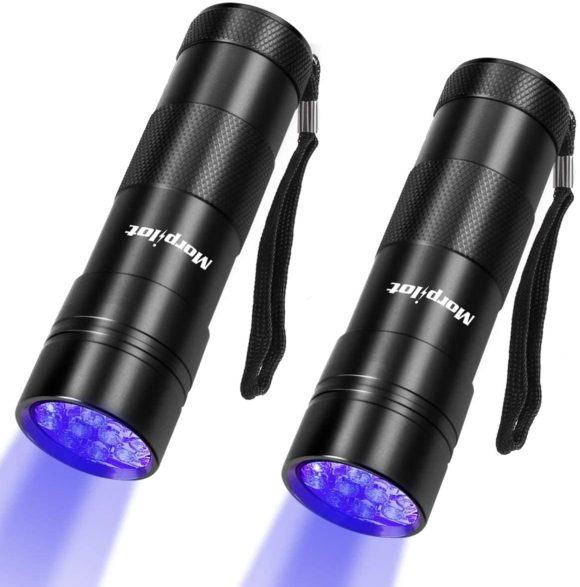
The Cherokee Mine offers some of the fines, unsalted alluvial gem mining in the US. If you live in North Carolina or planning on travelling there, this is one of the finest places you can visit for gemstone flume mining. Few mines offer ore of high enough quality to catch the interest of locals if they didn’t salt it. For just $20.00 and a fee of $5.00 per extra bucket of ore, this is a great deal for the rockhound, gemstone, or lapidary enthusiast.
